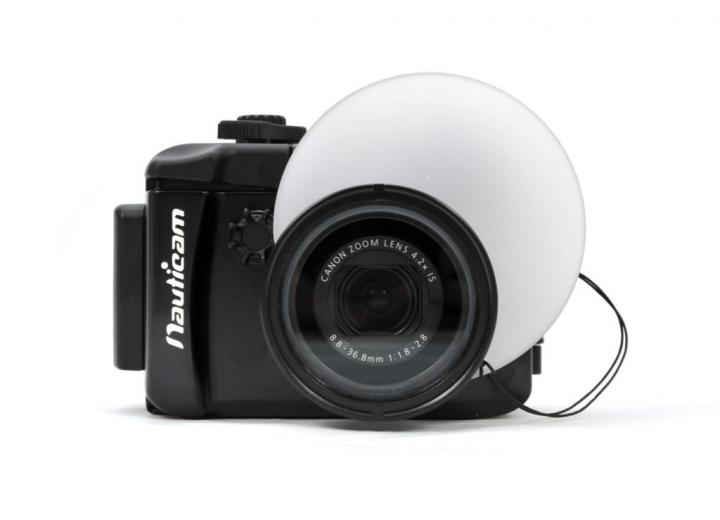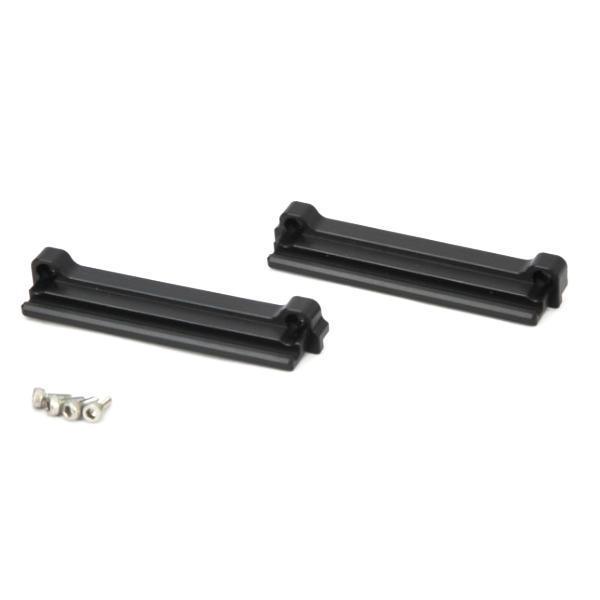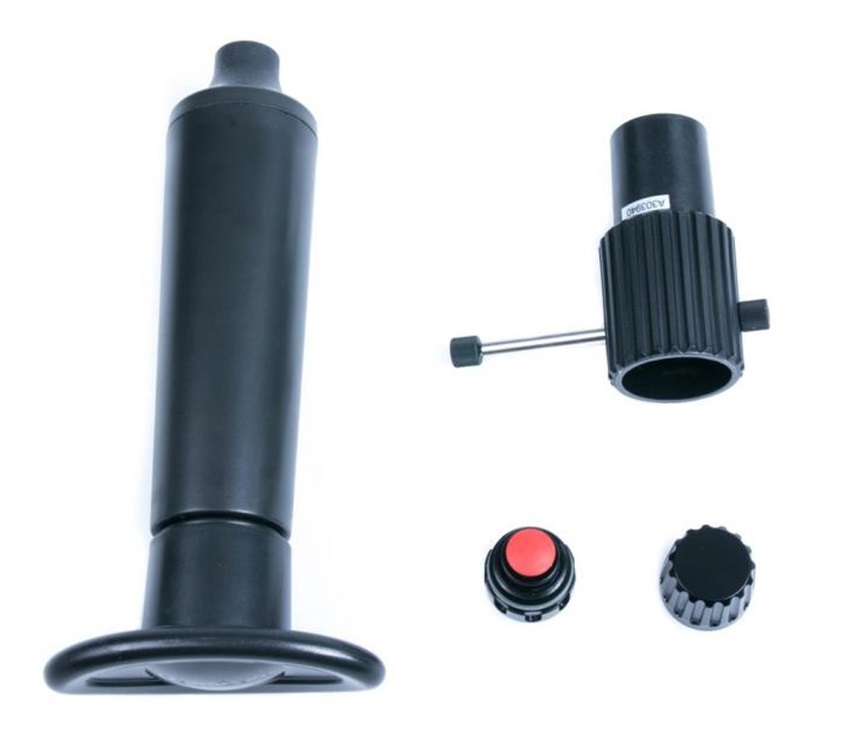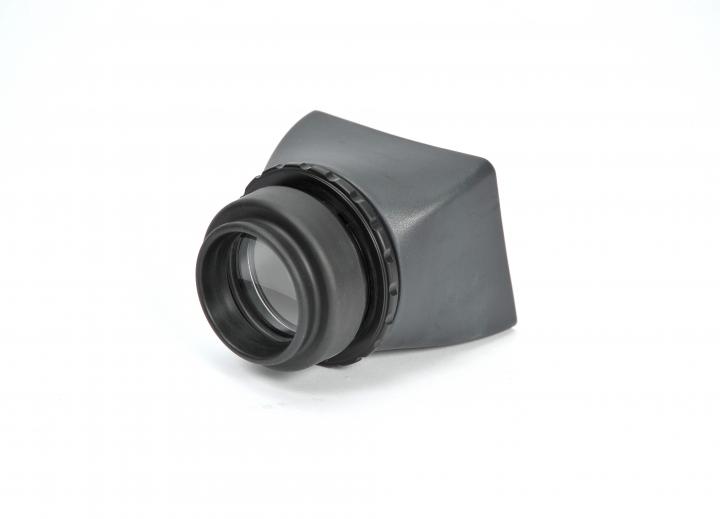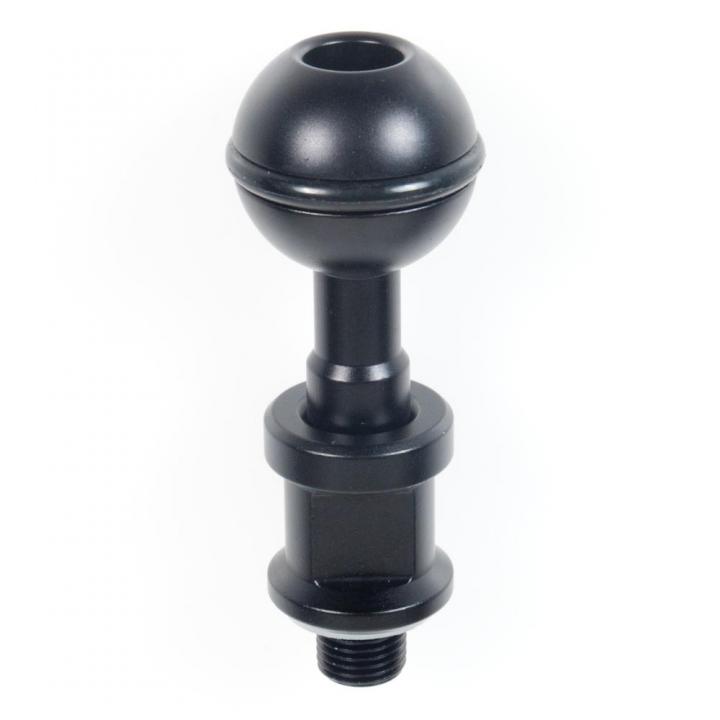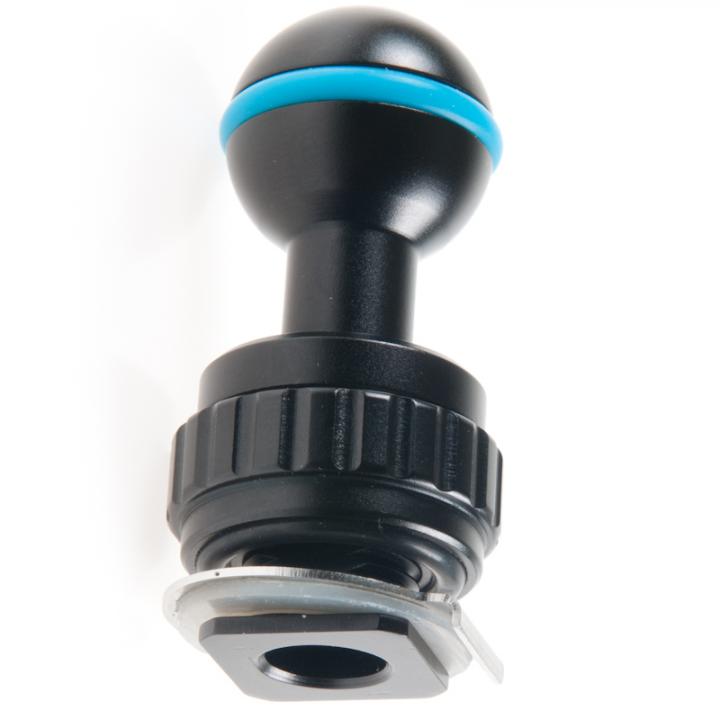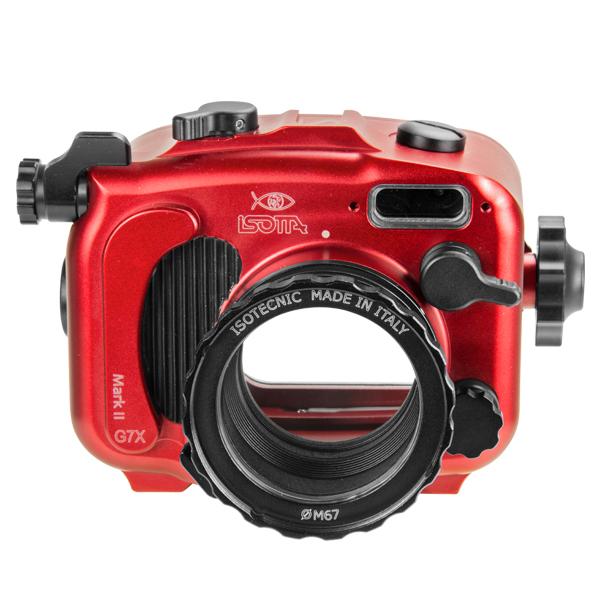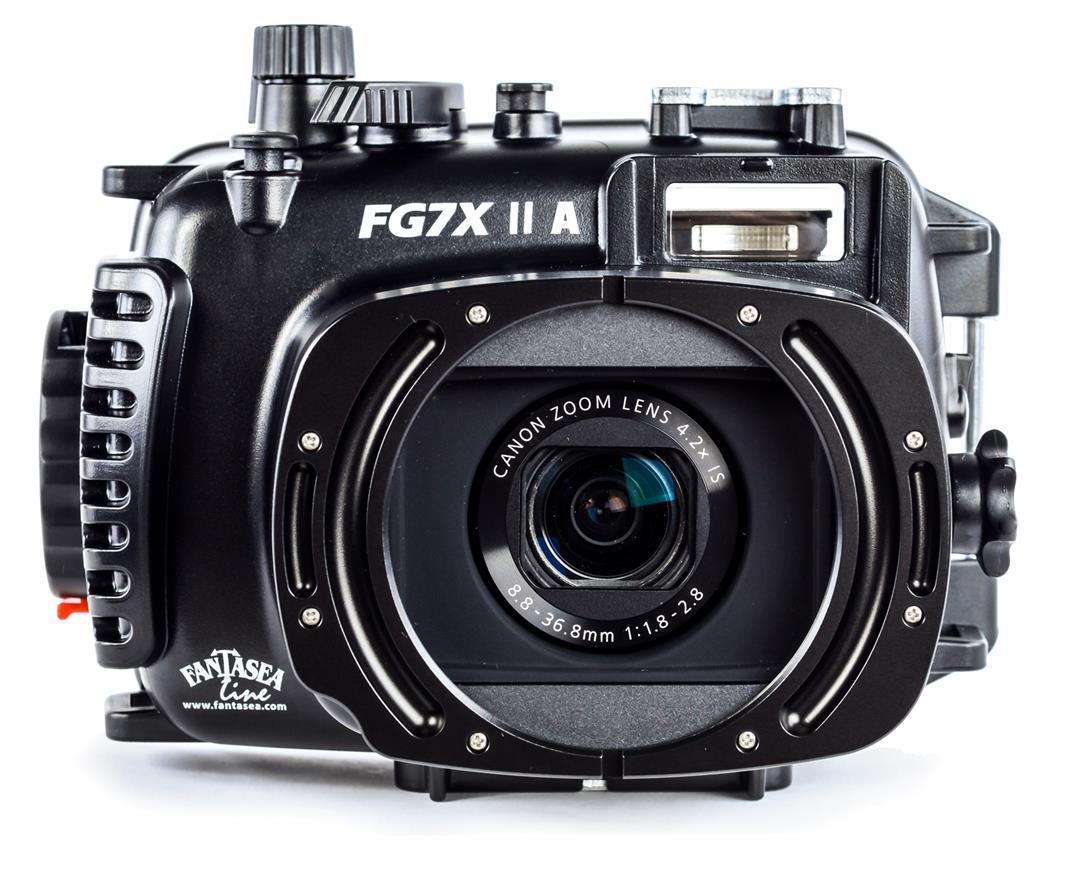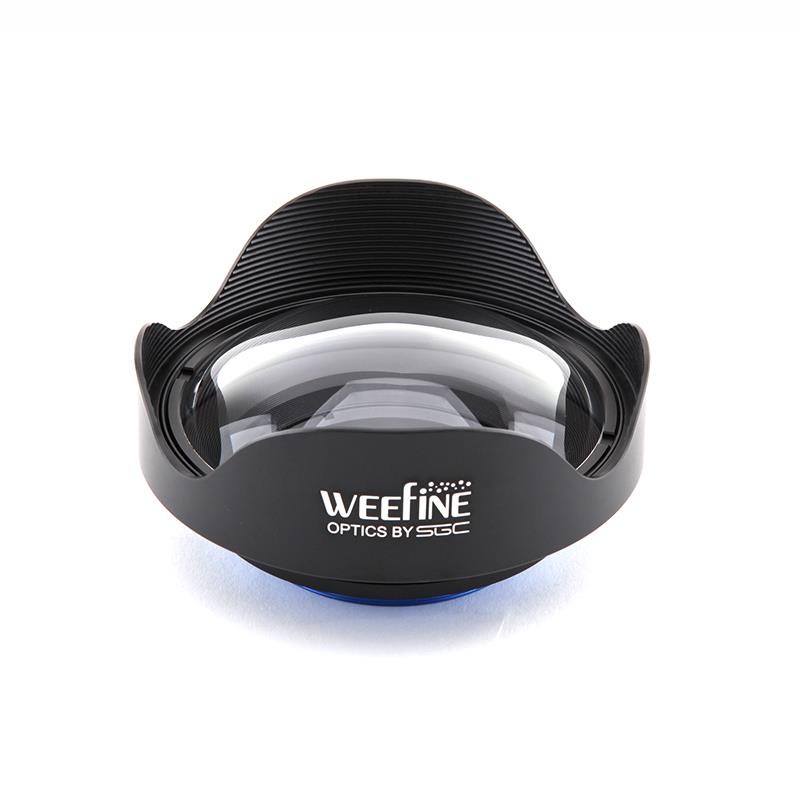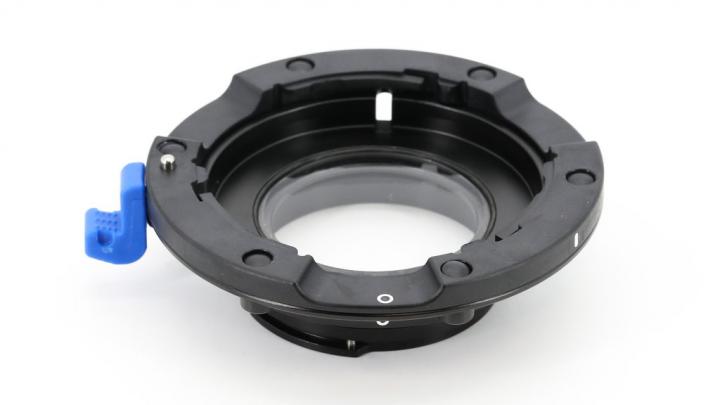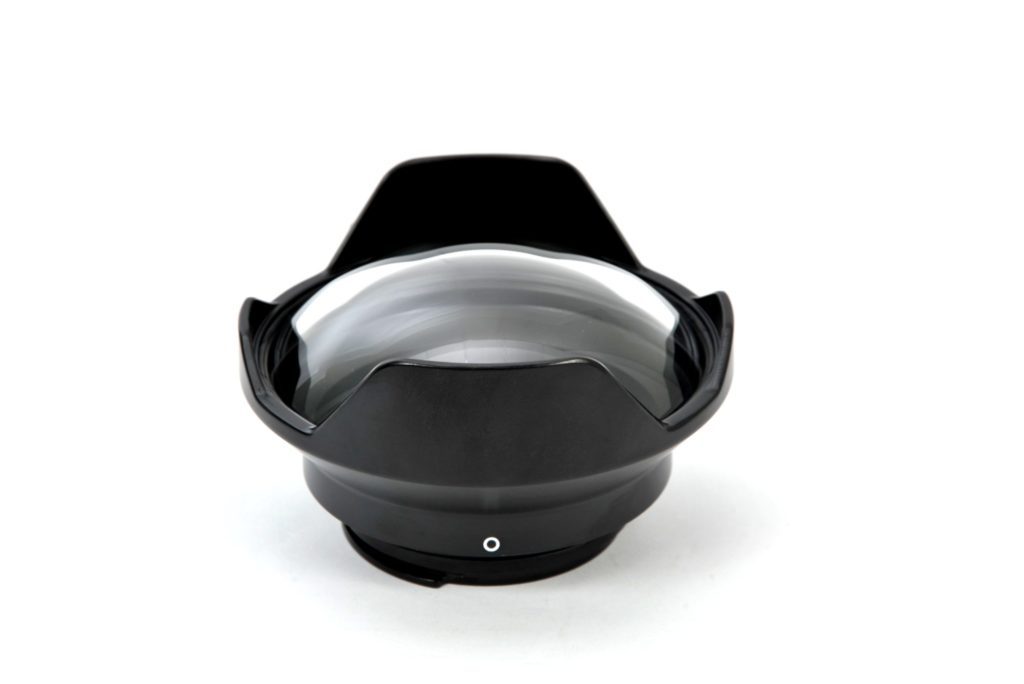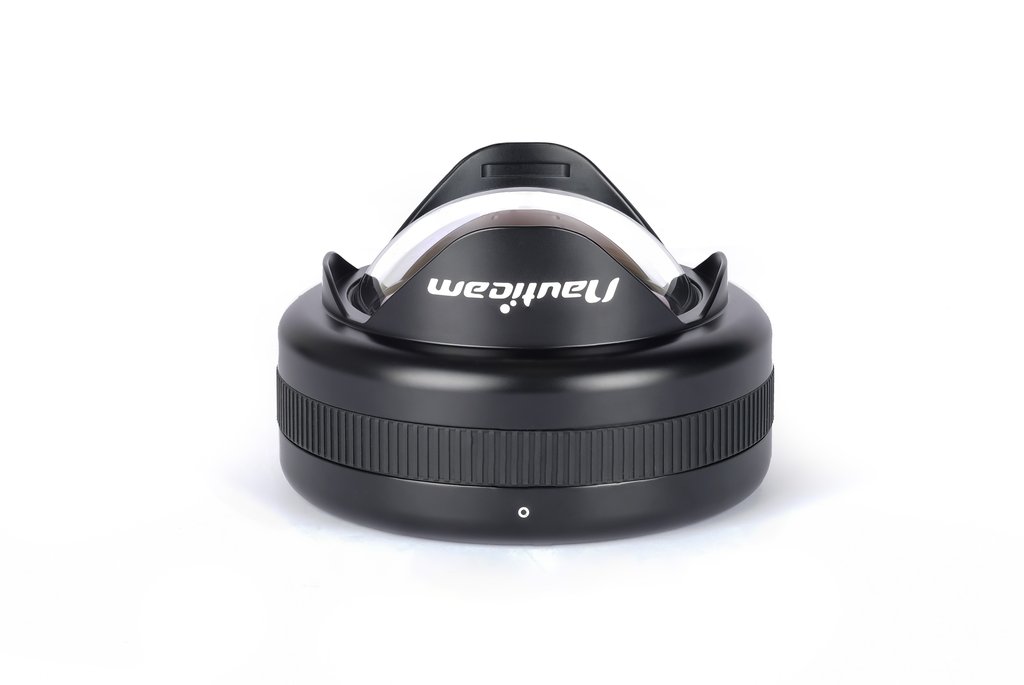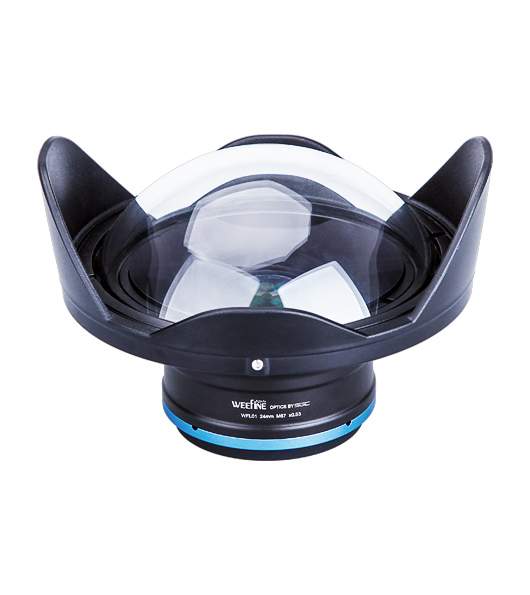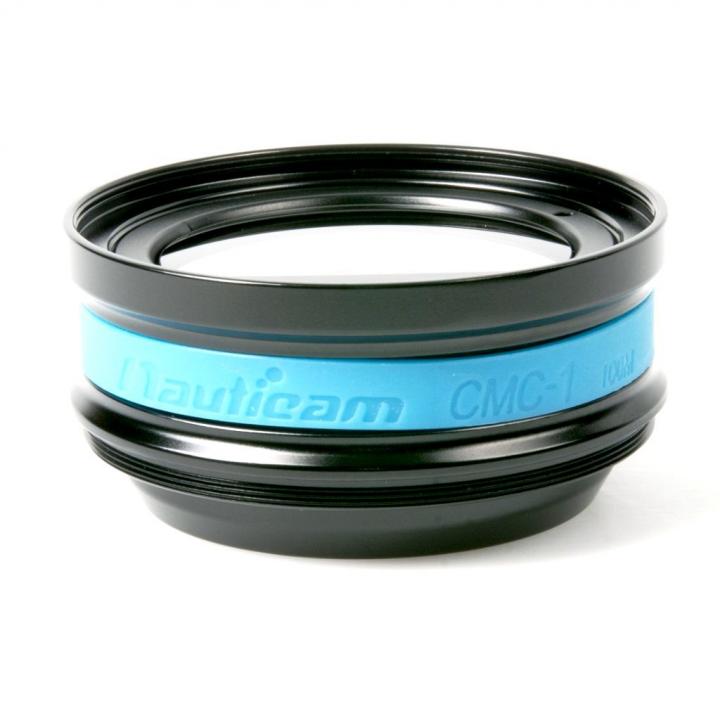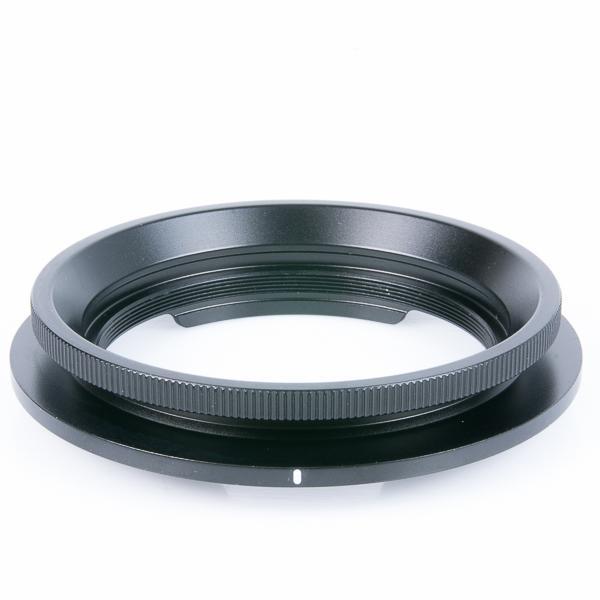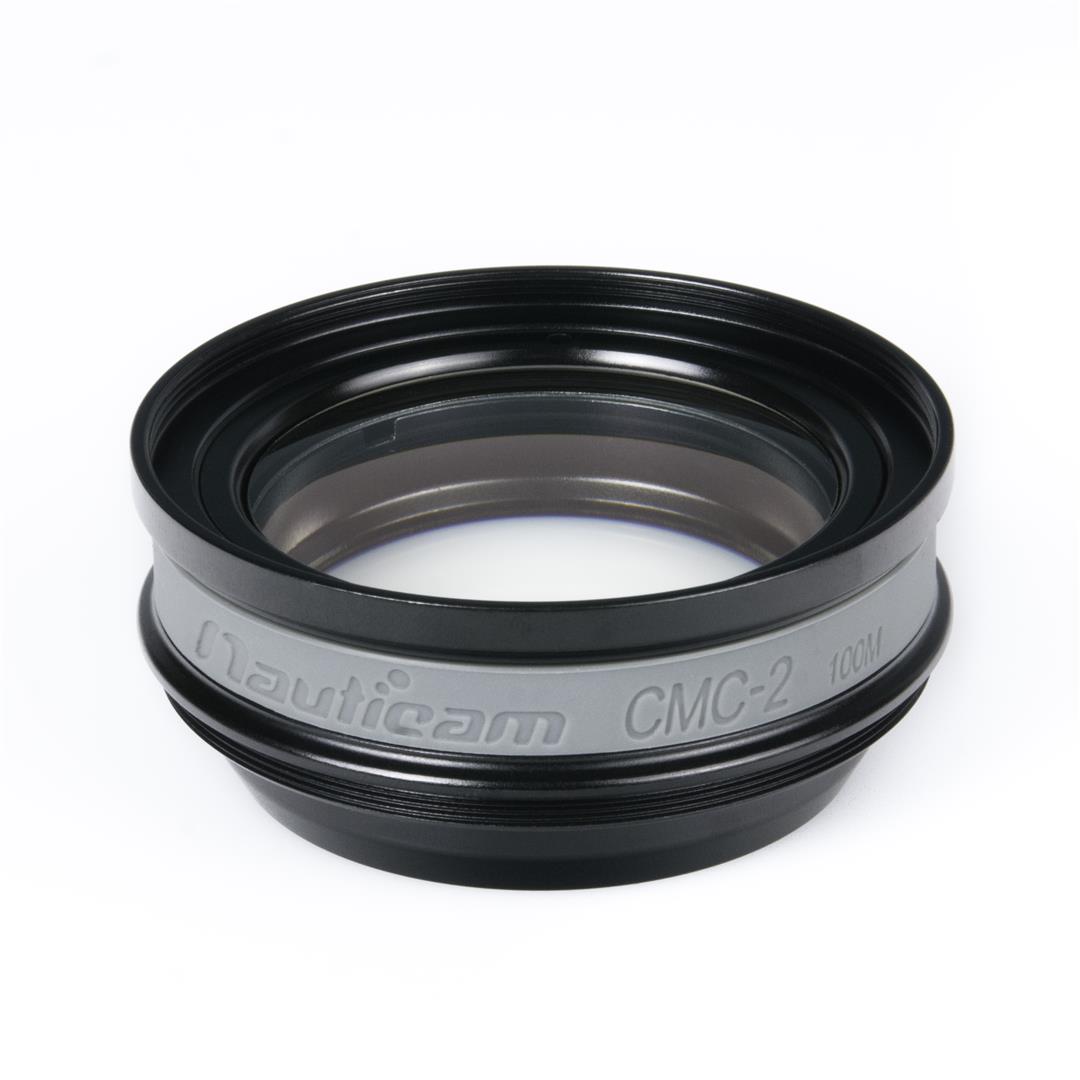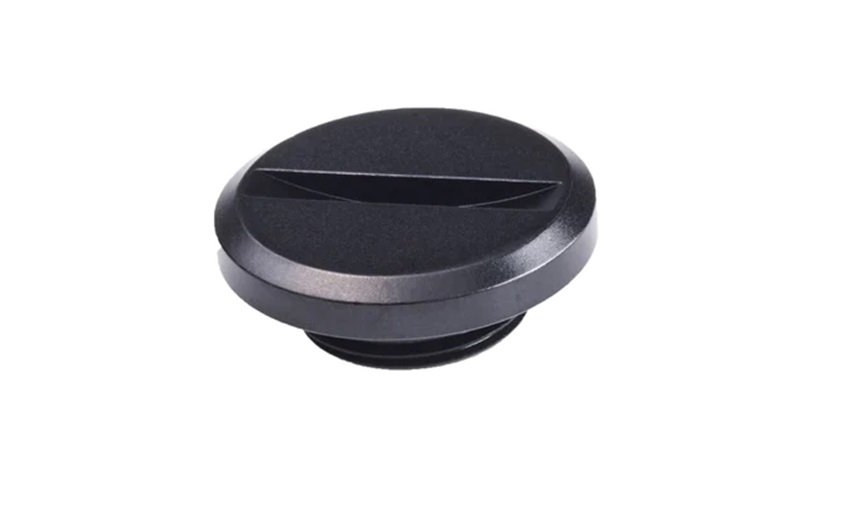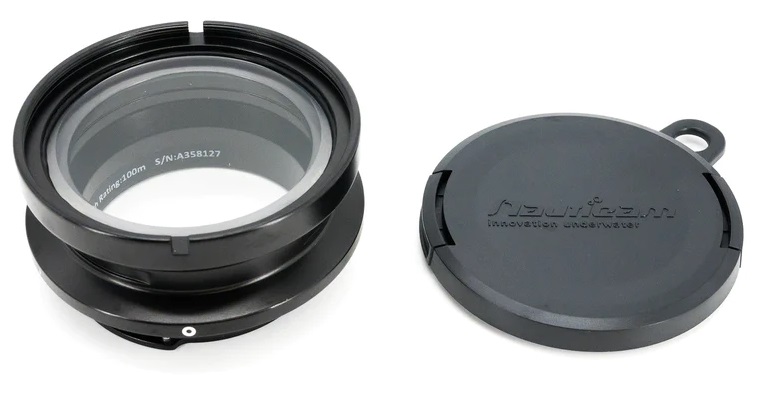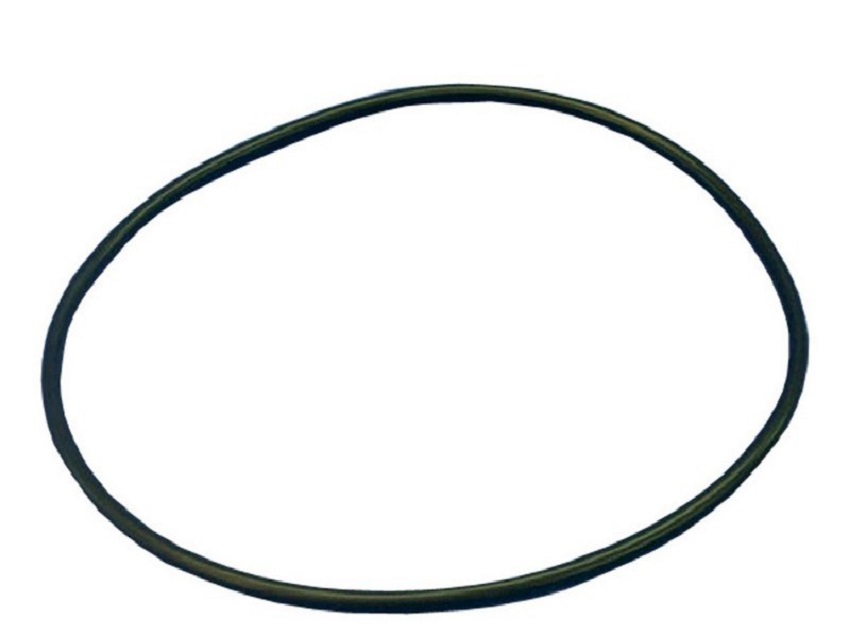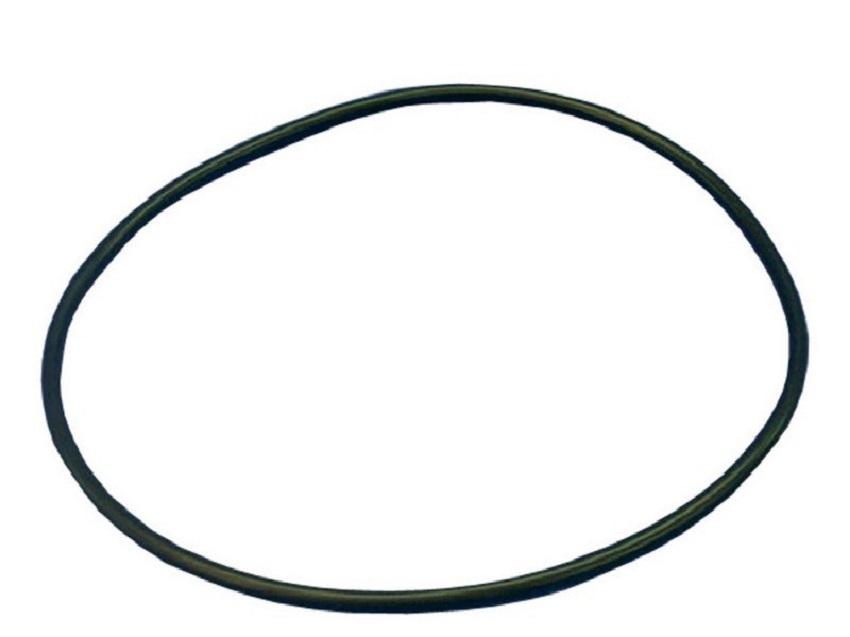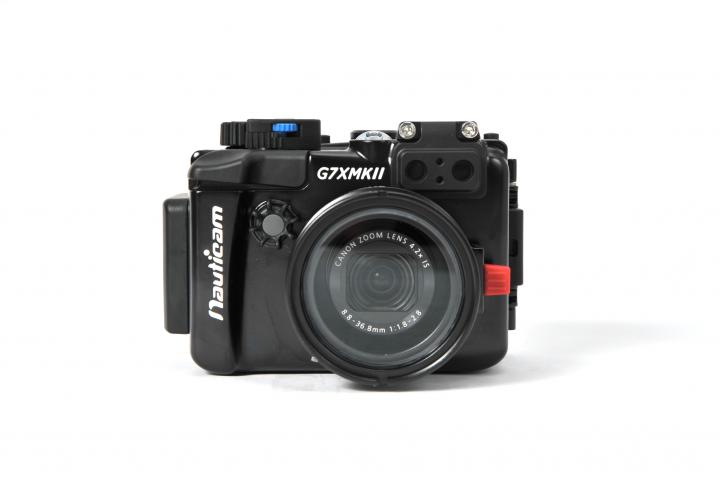
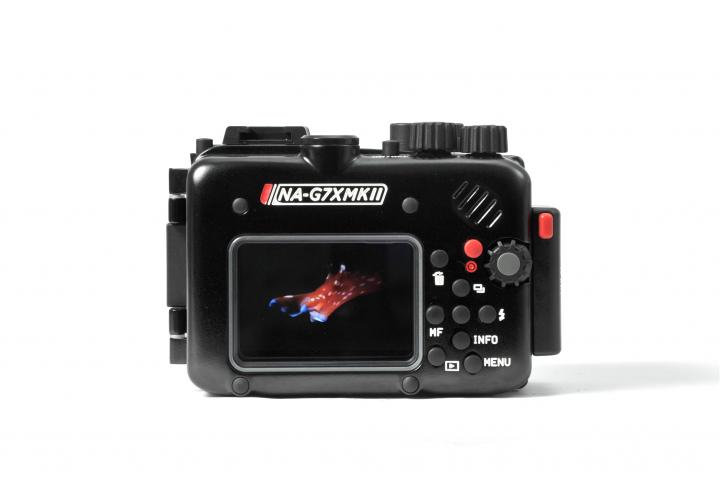
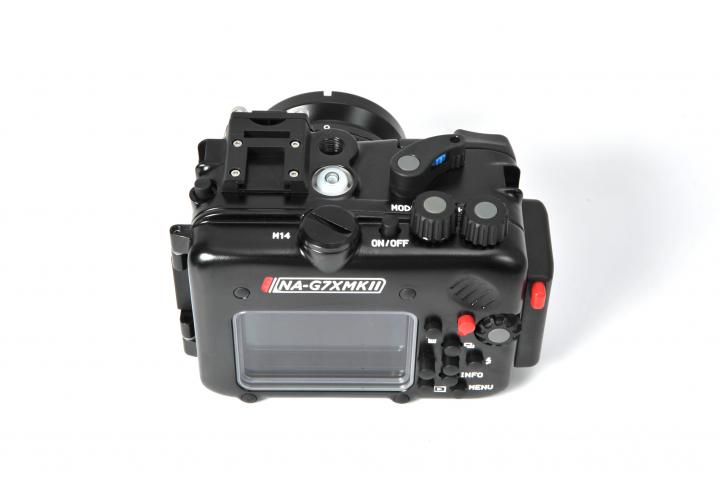
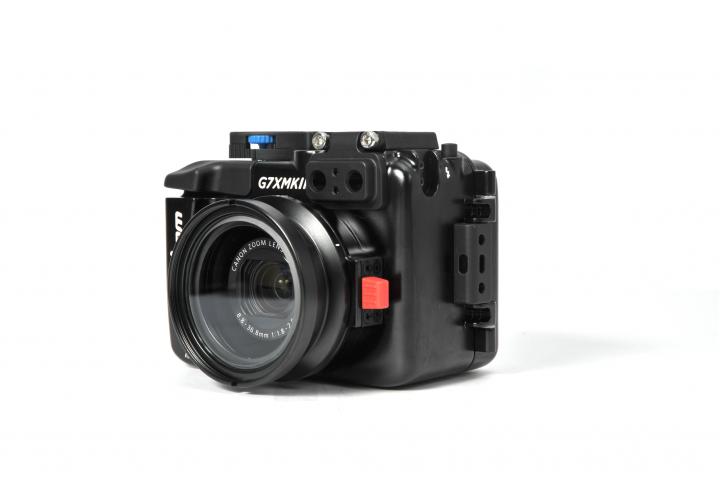
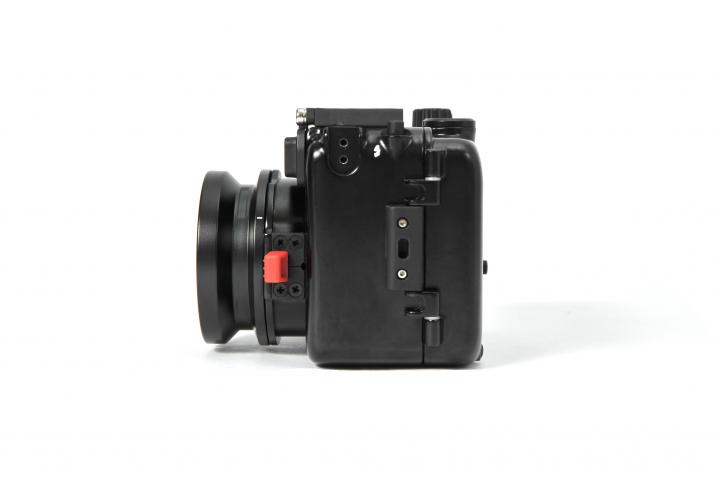
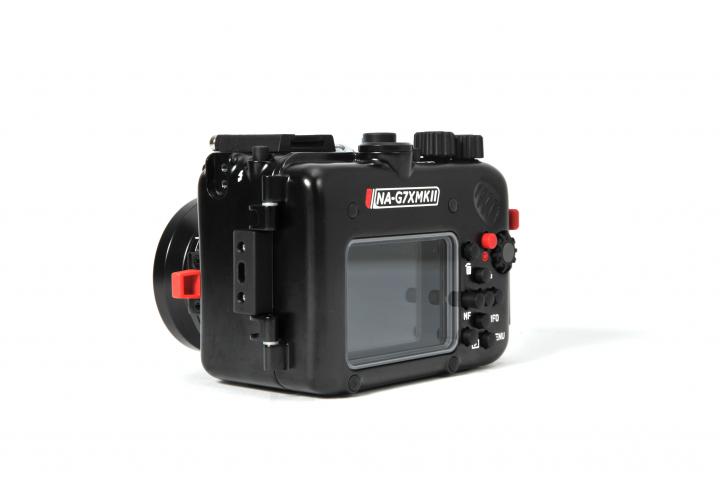
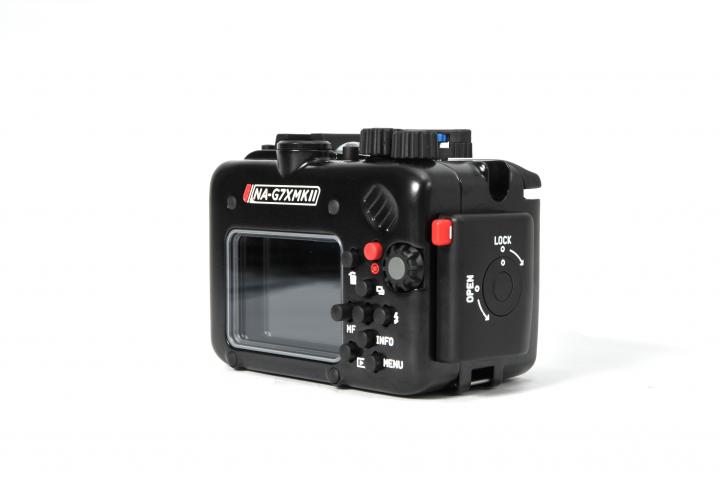
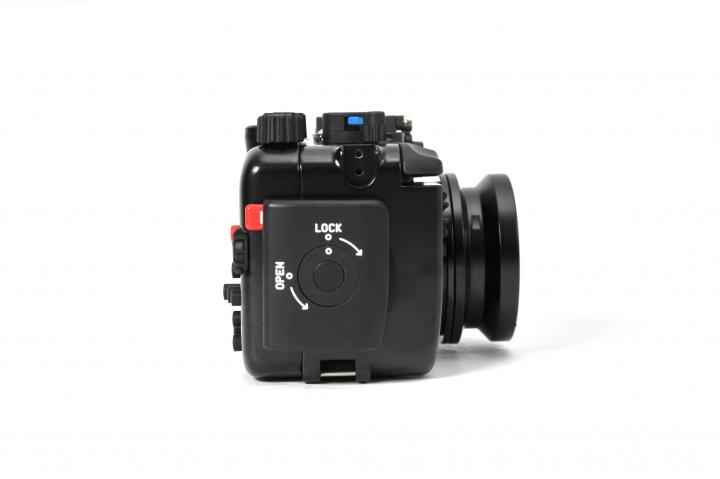
























Die Canon Powershot G7X Mark II hebt sich durch ihre Bildqualität, den schnellen Autofokus, den exzellenten manuellen Weißabgleich und den nützlichen Makromodus von der Masse der modernen Kompaktkameras ab. Diese beeindruckenden Funktionen, gepaart mit dem ergonomischsten, robustesten und benutzerfreundlichsten Unterwassergehäuse auf dem Markt, bilden eine perfekte Kombination für Unterwasseraufnahmen.
Die Canon Powershot G7X Mark II Kompaktkamera
Die G7X Mark II von Canon ist die neueste "Powershot"-Kompaktkamera mit großem Sensor und der beliebten 1?-Sensorgröße. Dieser 20-Megapixel-BSI-CMOS-Sensor (Back Side Illuminated) ist mit einem erstklassigen, lichtstarken 24-100-mm-Zoomobjektiv kombiniert. Mit einer maximalen Blende von f/1,8 bei 24 mm und f/2,8 bei 100 mm ist dieses Objektiv für eine Kompaktkamera extrem lichtstark. Ein neuer Prozessor sorgt für Leistungsverbesserungen in allen Bereichen, vor allem bei der Geschwindigkeit der RAW-Serienaufnahmen (massive Steigerung von 1 auf 8 Bilder pro Sekunde). Zahlreiche Verbesserungen bei der Anordnung der Bedienelemente, der Form des Gehäuses und der Benutzeroberfläche haben eine bereits sehr gute Kompaktkamera auf die nächste Stufe gehoben.
Wichtige Kamera-Spezifikationen
- 20MP 1"-Typ BSI CMOS-Sensor
- 24-100mm F1.8-F2.8 Objektiv
- 3" neigbares Touchscreen-LCD
- 8 Bilder pro Sekunde bei Serienaufnahmen
- 1080/60p Videoaufnahme
Das Nauticam Unterwassergehäuse für die Canon G7X Mark II
Das NA-G7XMKII ist die neueste Version einer Reihe von fortschrittlichen Gehäusen für sehr leistungsfähige Kompaktkameras, die von Nauticam unterstützt werden. Viele Funktionen, die man von professionellen DSLR-Systemen kennt, wurden in dieses System integriert. Das Ergebnis ist ein Unterwassergehäuse, mit dem der Benutzer das volle Potenzial dieser fortschrittlichen Kompaktkamera im Wasser ausschöpfen kann.
Die grundlegenden Funktionen und ergonomischen Verbesserungen, die Nauticam-Benutzer/innen kennen und lieben gelernt haben, wurden in das NA-G7XMKII integriert. Das Gehäuse ist aus einem massiven Aluminiumblock gefräst und anschließend hart eloxiert, um es gegen korrosives Salzwasser abzudichten. Es wird mit einem einfachen, aber sicheren Drehverschluss verschlossen. Die rechte Seite des Gehäuses ist so geformt, dass sie gut in der Hand liegt, und der zweistufige Auslösehebel von Nauticam ermöglicht eine klare Unterscheidung zwischen halbem und vollem Druck auf den Auslöser. Alle Funktionen sind deutlich beschriftet.
Das Nauticam-Leckalarm- und Vakuumüberwachungssystem gehört zur Standardausrüstung. In Kombination mit dem als Zubehör erhältlichen M14-Vakuumventil (#25624) kann die Wasserdichtigkeit des Systems getestet werden, bevor es ins Wasser geht, und bei jedem Tauchgang überwacht werden.
Fachmännisches Produktdesign, moderne Fertigungstechniken, hochwertige Materialien, die durch eine zweijährige Garantie abgesichert sind, und ein entscheidender Fokus auf das Benutzererlebnis ergeben zusammen das erstklassige System für die Canon Powershot G7X Mark II. Die Nauticam NA-G7XMKII.
Das neue N50 Portsystem
Aufgrund der spezifischen Kamera- und Objektivfunktion der Canon G7 X II ist ein spezielles Port-System erforderlich, um das Potenzial von Zubehör-Weitwinkelobjektiven unter Wasser voll auszuschöpfen.
Der im Lieferumfang des Gehäuses enthaltene NA-G7XII "Standard"-Port ermöglicht den vollständigen Zoom und verfügt über eine 67 mm Gewindefront zur Aufnahme von Zubehör-Makroobjektiven. Dieser Port ist ideal für mittelgroße Fischportraits, Nahaufnahmen und Makros mit zusätzlichen Nasslinsen.
Vakuumprüf- und Leckerkennungssystem
Das Nauticam Vakuumprüf- und Leckerkennungssystem ist serienmäßig mit NA-G7XII erhältlich. In Kombination mit einem optionalen Vakuumventil liefert dieses Überwachungssystem ständige Updates zum wasserdichten und tauchsicheren Zustand des Gehäuses. Der Bediener kann auf einen Blick den wasserdichten und tauchsicheren Zustand des Gehäuses erkennen. Ein einfaches, codiertes LED-Beleuchtungssystem zeigt dem Benutzer an, ob das Vakuum stabil ist oder ob das Gehäuse Vakuum verliert. Die Leckageerkennung ist im gleichen Stromkreis integriert, so dass bei Wassereintritt eine akustische und optische Anzeige erfolgt.
Das Nauticam-System ist temperaturkompensiert und eliminiert Fehlalarme, die durch eine Änderung der Außentemperatur oder durch die Erwärmung einer Kamera bei einem actionreichen Tauchgang verursacht werden.
| Body Material: | aluminum |
|---|---|
| Camera System: | Compact camera |
| Camera manufacturer: | CANON |
| Tripod connection: | Thread ¼ |
| portsystem: | N50 |
- Material: Aluminium
- Nenntiefe: 100 m
- Gewicht 0,90 kg
- Abmessungen 150 mm (B) × 103 mm (H) × 110 mm (T)
- Portsystem: N50
- Canon PowerShot G7XII Unterwassergehäuse von Nauticam
- N50-Standard-Port
- Satz von Griffhalterungen und Auslöserverlängerung
- Ersatz-Silikon-Gehäuse O-Ring
- O-Ring-Entferner und Schmiermittel
- CR2032 Batterie (für Feuchtealarm)
- Inbusschlüssel-Satz
- Gepolsterte Transporttasche
Es werden ausschließlich die hier aufgeführten Bestandteiles des bestellten Artikels geliefert. Auf unseren Bildern gezeigtes Zubehör und/oder Dekoration dient ausschließlich der Veranschaulichung. Insbesondere weisen wir darauf hin, das bei dem Kauf eines Gehäuses weder eine Kamera noch ein externer Sucher enthalten sind. Diese sind als Zubehör-Artikel erwerbbar. Wenn Sie Fragen zur Konfiguration Ihres Systems haben, sprechen Sie uns an.
0 of 0 reviews
Login
Ball heads
Similar products
Wide Angle
Macro
Spare parts


